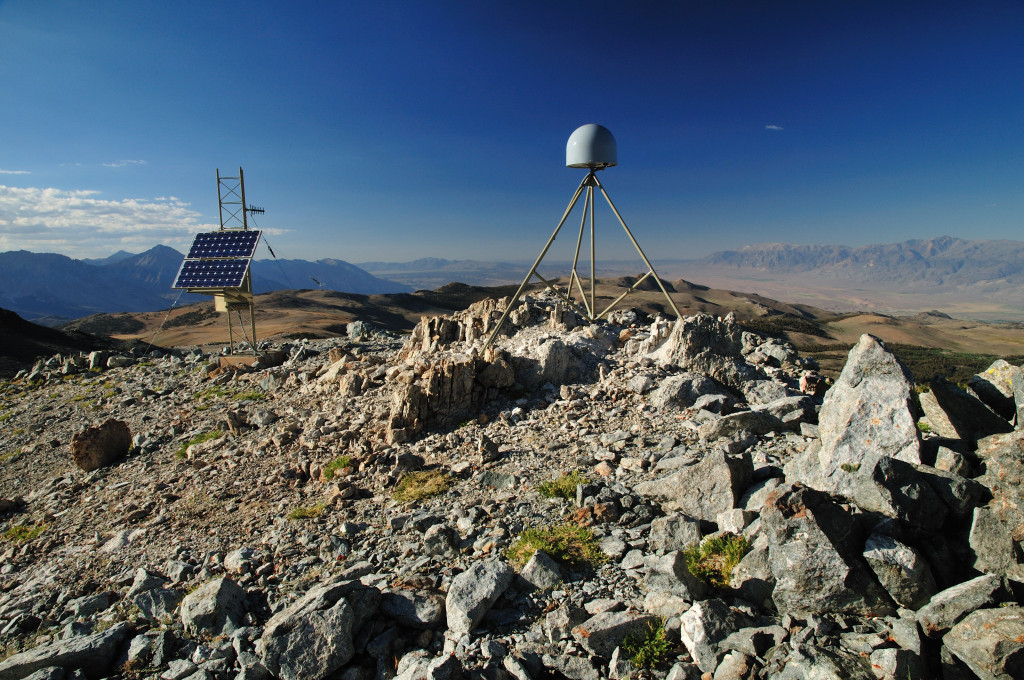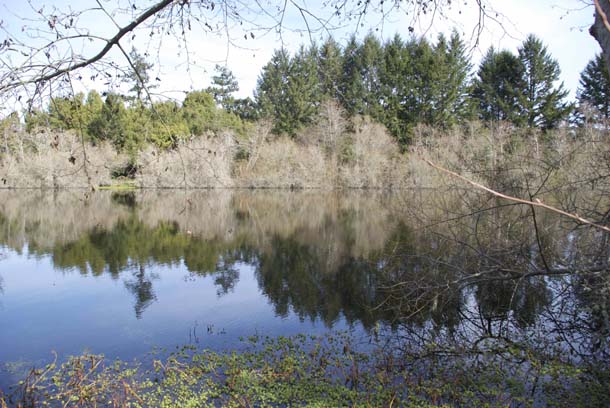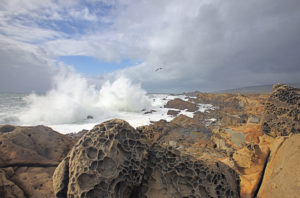Depletion of groundwater in the San Joaquin Valley is having wide-ranging effects not just on the agricultural industry and the environment, but also on the very earth beneath our feet. Massive changes in groundwater levels in the southern Central Valley are changing the stresses on the San Andreas Fault, according to recently published research.
Researchers have known for some time that human activity can be linked to localized seismic effects. In particular, much of the debate about fracking in California in the past few years has centered on evidence that the process of injecting large volumes of liquid underground can lubricate fault lines and increase local earthquake risk.
Now geophysicists in Washington, California and Nevada have gathered evidence that human activity can have much farther-reaching seismic consequences.
This research was spurred by the observation that the southern Sierra Nevadas and the Coastal Ranges are rising by 1 to 3 millimeters a year. Geologists have been observing this movement, which they call uplift, using a network of GPS sensors planted along these mountain ranges. They’ve batted around theories about why it might be happening, with no clear answer.
“It looks like there’s a big bullseye of uplift in the mountains surrounding the south Central Valley,” said Colin Amos, a geologist at Western Washington University in Bellingham.
Ten years of satellite data show that groundwater use in the Central Valley is outpacing its replenishment, a trend that is intensifying in the current drought. Amos wondered if the two things might be connected. “What if uplift in the mountains is a response to sucking water out of the ground?” Amos said.
Amos and his collaborators found something that goes deeper than that — something that could look to a paranoid environmentalist like a grand unified theory of California problems: drought, water use, and earthquake risk. “We found a link between what humans are doing on the ground and the rate of earthquakes,” Amos said. His data and model were published in the international scientific journal Nature.
– Continue reading at the San Francisco Public Press




-300x300.jpg)
-300x179.jpg)